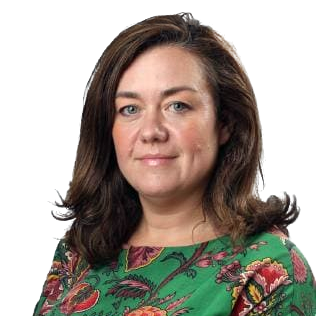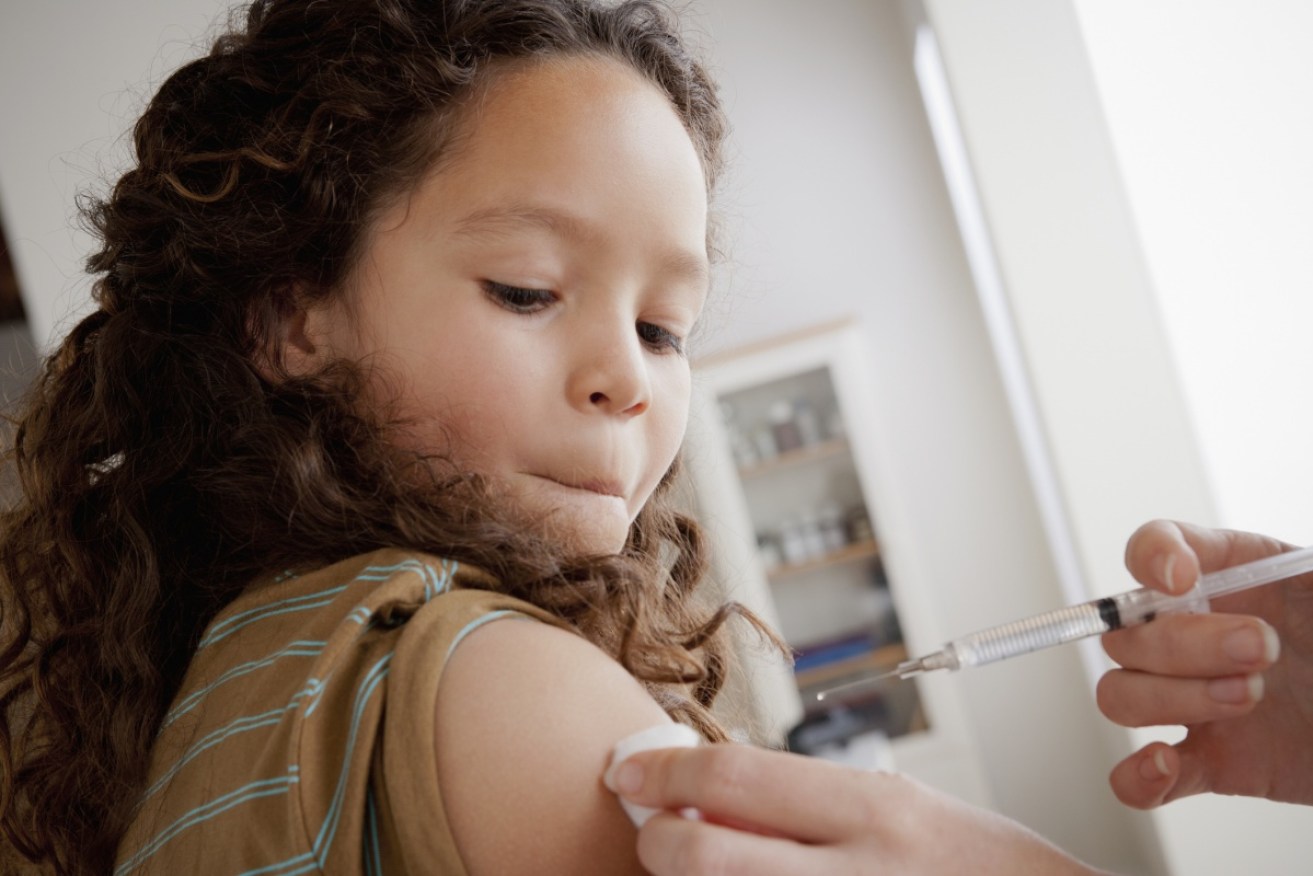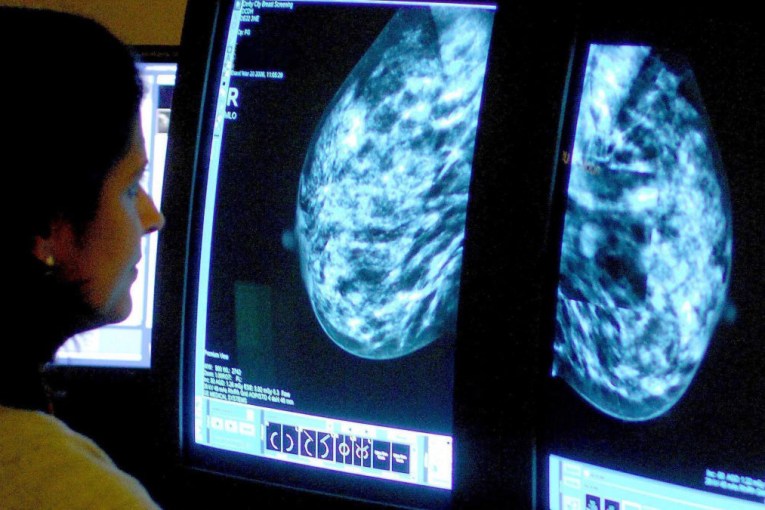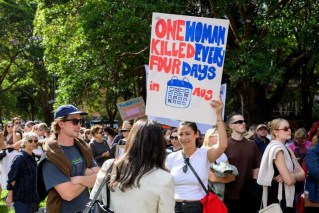Anti-vax parents targeted in national campaign


The government has launched a new vaccination campaign in a bid to reach a 95 per cent target by next year. Photo: Getty
Anti-vaxxers’ misinformation and lies about the benefits of childhood vaccination will be targeted in a new TV advertising campaign designed to ensure 95 per cent of under-fives are fully vaccinated.
Health Minister Greg Hunt announced an extra $12 million to fund the campaign on Sunday as he released the latest update to immunisation national rates.
Australia is now on track to hit a record target of 95 per cent of children aged under five immunised against deadly childhood diseases by next year.
“I am proud to say that Australia’s child immunisation rates are at record levels. The latest data shows the nationwide immunisation rate for five-year-olds was 94.62 per cent, which is the highest figure on record. This is very close to the 95 per cent herd immunity we aim to achieve,” Mr Hunt said.
“Vaccination safeguards Australians against disease. It is a powerful tool that is safe and effective to prevent the spread of many diseases that can cause serious ongoing health conditions and sometimes death.”

A snapshot from the government’s new immunisation website. Photo: Australian government
That vaccination benchmark figure is vital to delivering the “herd immunity” that helps prevent outbreaks of potentially deadly childhood diseases.
But behind the strong results, a new report into Australia’s immunisation rates released on Sunday warned that pockets of anti-vaxxer parents remained.
“Australia has an excellent record in childhood immunisation coverage, achieving national vaccination coverage rates of at least 90 per cent for children at 12 months, 24 months and 60 months of age in 2018. However, a high national coverage rate can mask geographic areas and population groups that have low coverage,” the report notes.
“It will continue to be important to maintain and improve these rates over the next five years. Many countries in the world report coverage rates at around 95 per cent.
“The proportion of the population that has to be immune to interrupt disease transmission differs for each vaccine-preventable disease (VPD). For measles, which is the most contagious of the VPDs, the proportion is 95 per cent.
“This emphasises the need to ensure that high coverage rates are achieved not only at a national level, but also locally. Recent outbreaks of measles illustrate the importance of achieving high vaccination coverage rates.”
Behind the campaign
An additional $12 million over three years will fund the Get the Facts about immunisation campaign, which includes national television ads and personal stories from families who have lost loved ones to VPDs.
Parents who have lost children to diseases including measles, chicken pox and whooping cough plead with fellow parents to consider vaccinations.
“And I’d like to say to, to parents and parents that are questioning vaccination, I personally would have my child vaccinated,” mother Renay says, whose son Jesse died at age nine due to complications developed from chicken pox.
“Well, look what’s happened to me. Vaccines are safe. They are proven to be safe year after year, scientifically.”
The campaign also features a video that drills home the safety of vaccinations, addressing the fears generally held by anti-vaxxers.
Not just for children
Mr Hunt said vaccination rates were also improving for over 65-year-olds with new, advanced seasonal influenza vaccines and for expectant mothers with the listing of whooping cough vaccine on the PBS.
The report also found that adolescent vaccination delivered in high-school-based programs for diphtheria-tetanus-pertussis and HPV was having a significant impact.
“HPV immunisation rates are at a high level, reaching about 80.2 per cent among females turning 15 in 2017 and 75.9 per cent among males turning 15 in 2017,” the report states.
“Since the HPV vaccine was introduced in Australia, the number of new cases of genital warts and high-grade cervical abnormalities has declined.”








